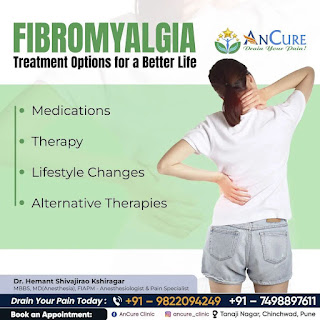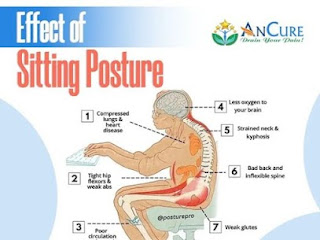Lower back pain is a common condition that affects millions of people worldwide. It can range from mild to severe and can be caused by a variety of factors. In this article, we will discuss some of the most common causes of lower back pain.
- Muscle Strain
Muscle strain is one of the most common causes of lower back pain. It can be caused by overuse, improper lifting, or sudden movements that strain the muscles and ligaments in the lower back. Symptoms of muscle strain can include pain, stiffness, and muscle spasms.
- Herniated Disc
A herniated disc occurs when the soft, gel-like material inside a spinal disc bulges out through a tear in the outer layer. This can cause pressure on nearby nerves, leading to lower back pain and possibly pain, numbness, or weakness in the legs. Herniated discs can be caused by age-related wear and tear or by sudden trauma to the back.
- Spinal Stenosis
Spinal stenosis occurs when the spinal canal, which contains the spinal cord and nerve roots, narrows and puts pressure on the nerves. This can cause lower back pain, as well as pain, numbness, or weakness in the legs. Spinal stenosis is typically caused by age-related wear and tear on the spine.
- Osteoarthritis
Osteoarthritis is a degenerative joint disease that can affect the joints in the lower back. It occurs when the cartilage that cushions the joints begins to break down, leading to pain, stiffness, and inflammation. Osteoarthritis is more common in older adults, but it can also affect younger people who have suffered a back injury.
- Sciatica
Sciatica is a condition that occurs when the sciatic nerve, which runs from the lower back down to the legs, becomes compressed or irritated. This can cause lower back pain, as well as pain, numbness, or tingling in the legs. Sciatica can be caused by a herniated disc, spinal stenosis, or other conditions that put pressure on the nerve.
In conclusion, there are several common causes of lower back pain, including muscle strain, herniated discs, spinal stenosis, osteoarthritis, and sciatica. If you are experiencing lower back pain, it is important to consult with a healthcare professional to determine the underlying cause and develop an appropriate treatment plan. Treatment options may include pain medication, physical therapy, or surgery, depending on the severity and cause of the pain.

.jpg)





